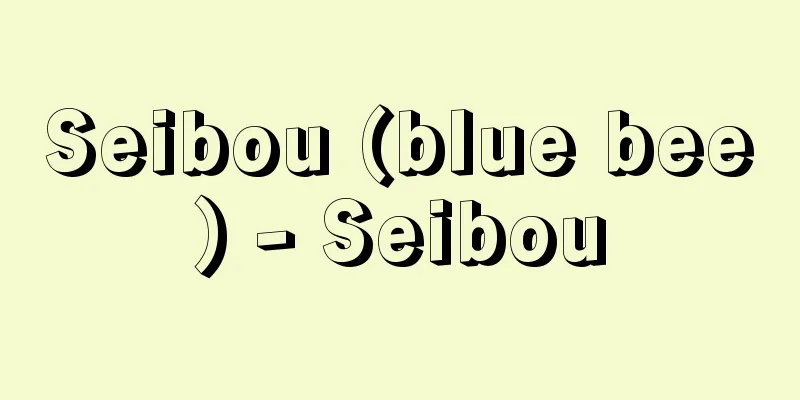Wedding favors - Wedding favors

|
A gift from the host to the guest when entertaining guests. It is also called "hikimono" or "hiki". It is said that it was called "hikimono" because in the old days, a horse was brought out to the garden to be presented to the guest to entertain. In such cases, if the host was a nobleman, the guest would also present the gift. Even today, the tradition of presenting gifts at formal banquets such as weddings is a vestige of this tradition. Until the early Showa period, it was common practice in local weddings to present up to five dishes in addition to the main meal, and the guests would not touch most of the food with chopsticks, but would pack it in a folding box to take home. This is also a form of hikimono, and there is a theory that it is based on an old custom. Among the samurai of the Muromachi period, it was customary to present one item for each offering of sake, and the gift would always include a sword, a horse, a short sleeved shirt, or armor, but no food. In recent years, sugar and sweets have come to be used as gifts among the general public, and sweets and other items are available in stores with colors and shapes determined for congratulatory and non-condolence gifts. There is a tendency to gradually confuse gifts with those given as gifts of appreciation, such as stipends and headgear, or headgear and congratulatory gifts given to servants of other families or entertainers. [Osamu Takano] Source: Shogakukan Encyclopedia Nipponica About Encyclopedia Nipponica Information | Legend |
|
来客供応の際に、主人から客に贈る物。「引き物」または「引き」ともいう。客をもてなすため、古くは庭先に馬を引き出して贈ったことから「ひきでもの」とよんだといわれる。この際、主人のほうが貴人であるときは、客のほうから贈ることもあった。現在でも結婚式など、改まった招宴のとき、引出物を添えるのはこの名残(なごり)である。昭和初期までは、地方の婚礼などには本膳(ほんぜん)のほかに五の膳ぐらいまで出して、客はその食物の大部分に箸(はし)をつけず、折り箱に詰めて持ち帰る習わしが広く行われていた。これも一つの引き物の形で、古い作法に基づくものという説もある。室町時代の武家の間には、酒一献(こん)について一品を贈るという風があり、なかにはかならず太刀(たち)や馬、小袖(こそで)、鎧(よろい)などが加えられ、食物は入っていない。一般の間では近年は砂糖、菓子などが引出物として使われ、菓子などは祝儀・不祝儀の際の色や形まで決まったものが市販されている。かつて慰労の意味で贈られた禄(ろく)や被物(かずけもの)、あるいは他家の使い人や遊芸の徒に与える纏頭(はな)とか祝儀という種類のものと、引出物とのけじめがだんだん混同されてくる傾向がある。 [高野 修] 出典 小学館 日本大百科全書(ニッポニカ)日本大百科全書(ニッポニカ)について 情報 | 凡例 |
Recommend
Kanze Nobumitsu
A Noh actor and Noh playwright in the late Muroma...
Margaritone d'Arezzo (English spelling) Margaritoned Arezzo
…All of these painters were based on the Byzantin...
Basal layer -
→ Bottom layer Source: Asakura Publishing Dictiona...
Ryojin Hisho Oral Tradition Collection - Ryojin Hisho Kudenshu
Written by Emperor Goshirakawa. Only a fragment of...
Nymphon japonicum
Class: Pycnogonidae, Order: Pycnogonidae, Family: ...
"Eshimaya Incident"
...When he died, his request to be cremated was f...
AK - A.K.
…But in tragic contrast to this was the Warsaw Up...
Kofukai - Kofukai
An art group for Western painting and crafts. Aft...
Irish Republican Union - Irish Republican Union
...the abbreviation for the Catholic illegal mili...
Ipponmatsu [town] - Ipponmatsu
A former town in Minamiuwa District, at the southe...
Dollo, L. (English spelling) DolloL
...In 1878, 23 complete skeletons of Iguanodon we...
Arai Mizo - Let's go
…The area was once called Morigo, and in the Midd...
Filet lace
In the narrow sense, lace made by knotting thread...
Siraf (English spelling)
…They traveled as far as India and China. At that...
Fable - Gūgen
〘noun〙① A story that uses other things to express ...









